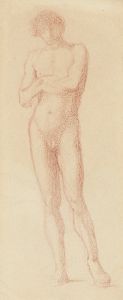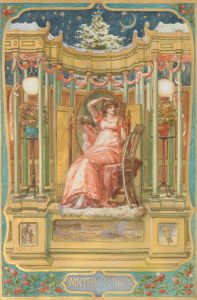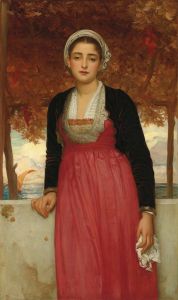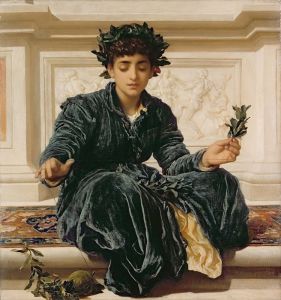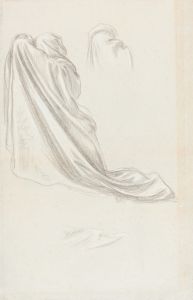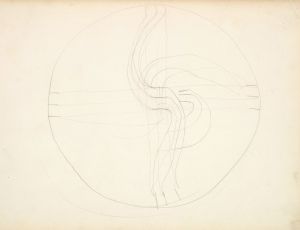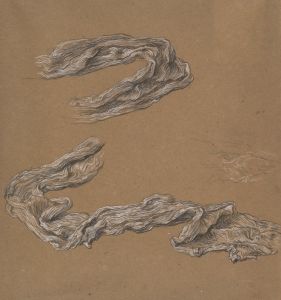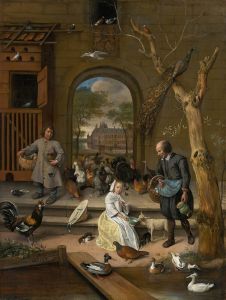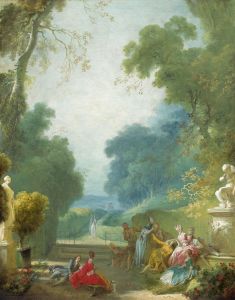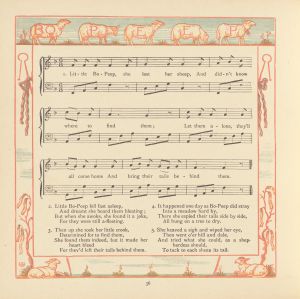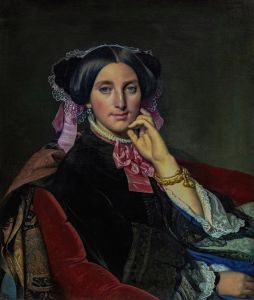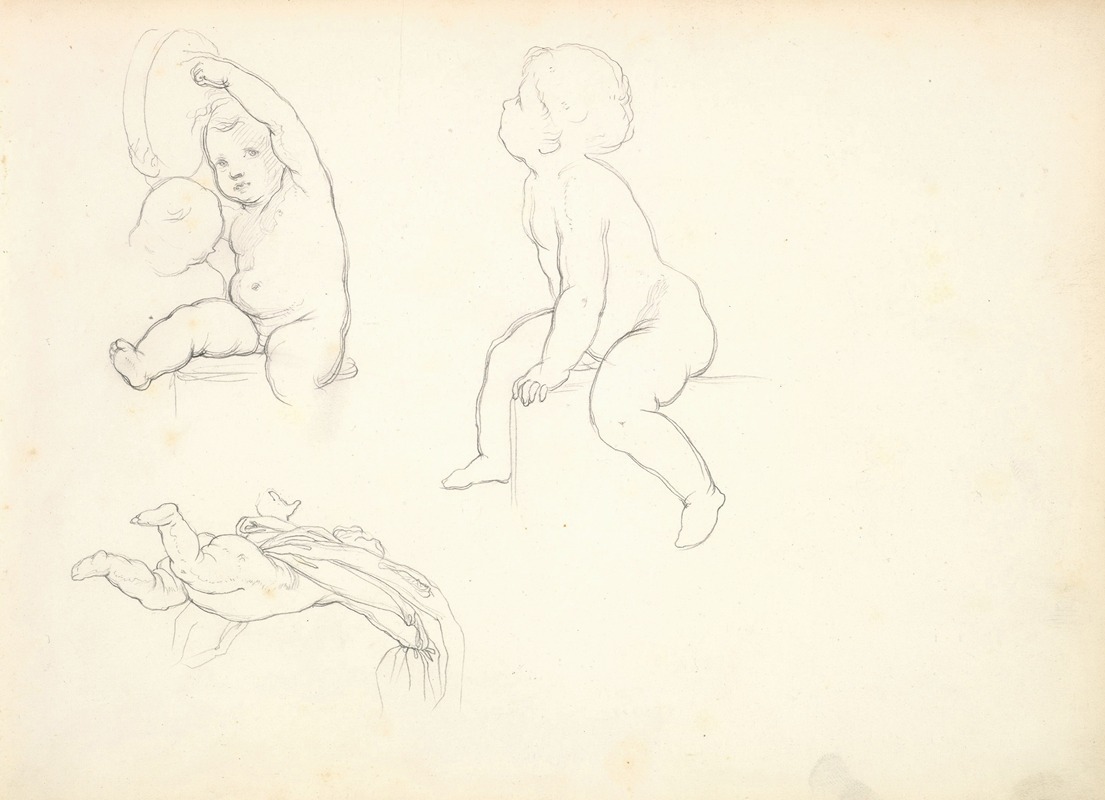
Three Children
A hand-painted replica of Frederic Leighton’s masterpiece Three Children, meticulously crafted by professional artists to capture the true essence of the original. Each piece is created with museum-quality canvas and rare mineral pigments, carefully painted by experienced artists with delicate brushstrokes and rich, layered colors to perfectly recreate the texture of the original artwork. Unlike machine-printed reproductions, this hand-painted version brings the painting to life, infused with the artist’s emotions and skill in every stroke. Whether for personal collection or home decoration, it instantly elevates the artistic atmosphere of any space.
Frederic Leighton, an eminent British artist of the 19th century, is renowned for his contributions to the academic art movement. Among his diverse body of work, the painting "Three Children" stands out as a testament to his skill in capturing the innocence and beauty of youth. Although not as widely discussed as some of his other masterpieces, "Three Children" exemplifies Leighton's adeptness in portraiture and his ability to convey emotion through his subjects.
Leighton was born in 1830 in Scarborough, England, and he showed an early aptitude for art. He received his education in Europe, studying in cities like Florence, Frankfurt, and Paris, which exposed him to various artistic styles and techniques. This diverse training is evident in his work, which often combines elements of classical art with the vibrant colors and compositions characteristic of the Victorian era.
"Three Children" is a fine example of Leighton's portrait work, showcasing his meticulous attention to detail and his ability to render the human form with grace and precision. The painting features three young children, captured in a moment of serene contemplation. Leighton's use of soft, natural lighting and delicate brushwork brings a sense of warmth and intimacy to the scene, inviting viewers to engage with the subjects on a personal level.
The composition of "Three Children" reflects Leighton's classical influences, with a balanced arrangement that draws the viewer's eye across the canvas. The children's expressions are gentle and contemplative, suggesting a narrative that is left to the viewer's imagination. This open-ended quality is a hallmark of Leighton's work, allowing his paintings to resonate with audiences on a personal level.
Leighton's career was marked by numerous accolades and achievements. He was elected President of the Royal Academy in 1878, a position he held until his death in 1896. His contributions to the art world were recognized with a peerage, making him the first artist to be granted such an honor. Despite his success, Leighton remained dedicated to his craft, continually seeking to refine his technique and expand his artistic repertoire.
While "Three Children" may not be as widely recognized as some of Leighton's other works, such as "Flaming June" or "The Bath of Psyche," it remains an important part of his oeuvre. The painting exemplifies his ability to capture the subtleties of human emotion and his commitment to the ideals of beauty and harmony that defined the academic art movement.
Leighton's legacy endures through his extensive body of work, which continues to be celebrated for its technical excellence and emotional depth. "Three Children" is a testament to his skill as a portraitist and his ability to convey the timeless beauty of youth. Through this painting, Leighton invites viewers to pause and reflect on the simple joys and innocence of childhood, a theme that resonates across generations.





